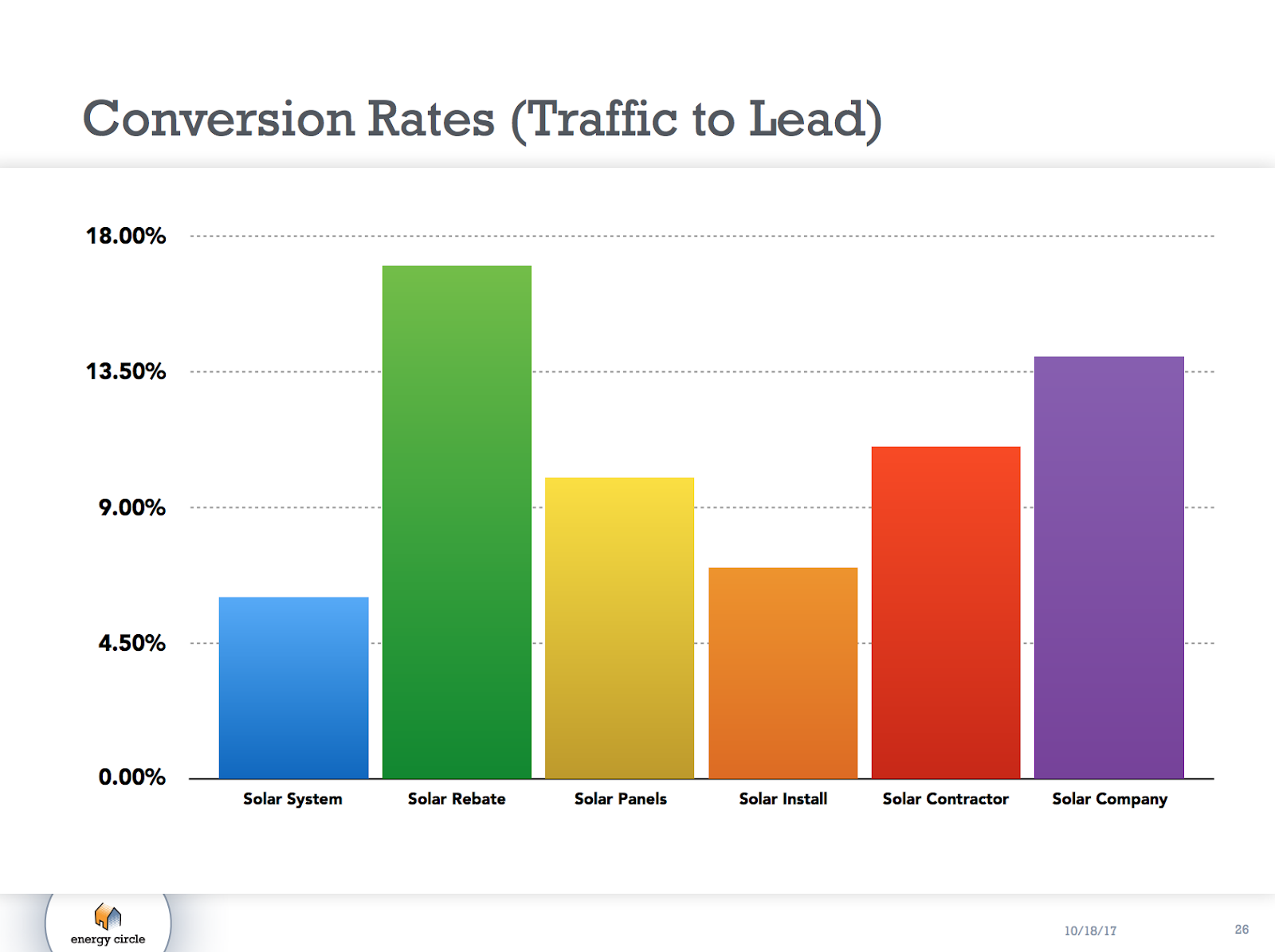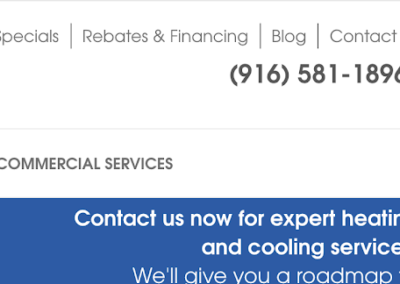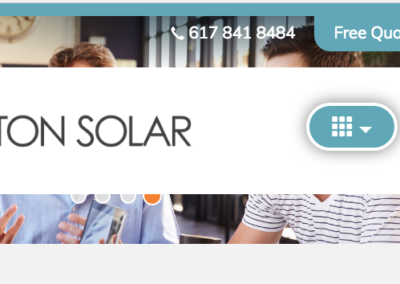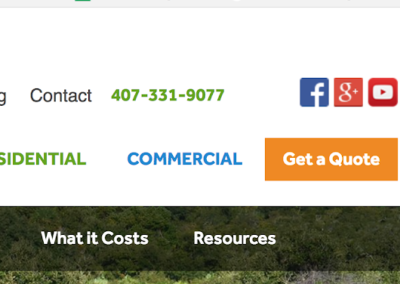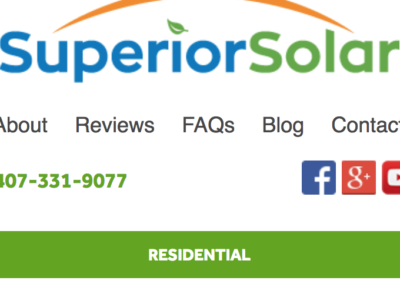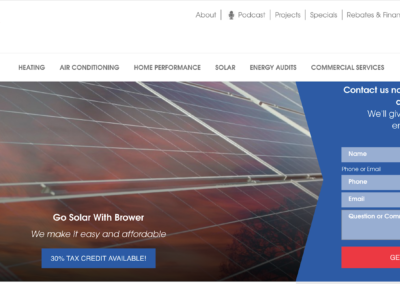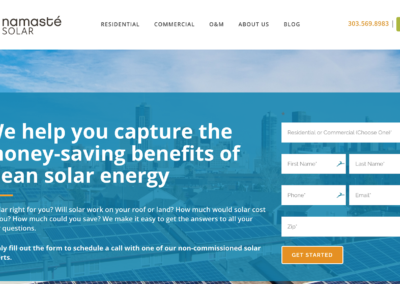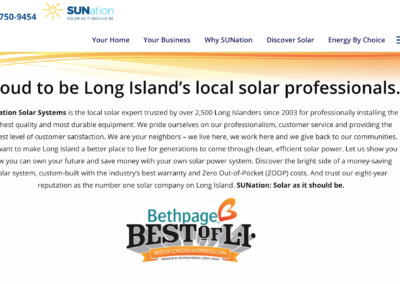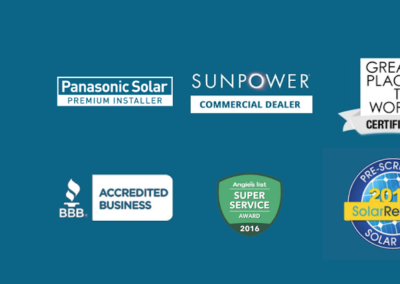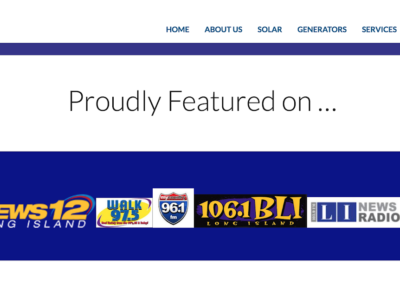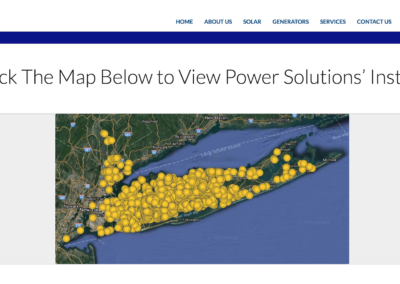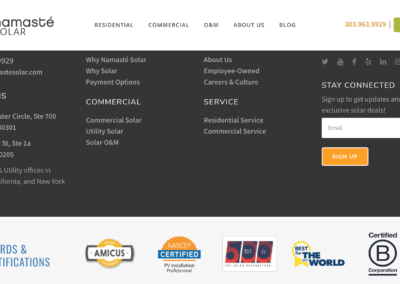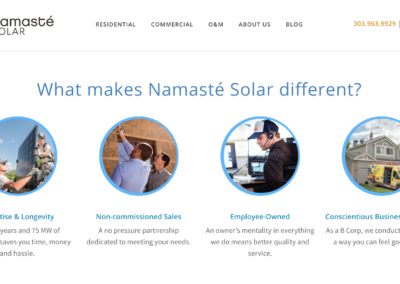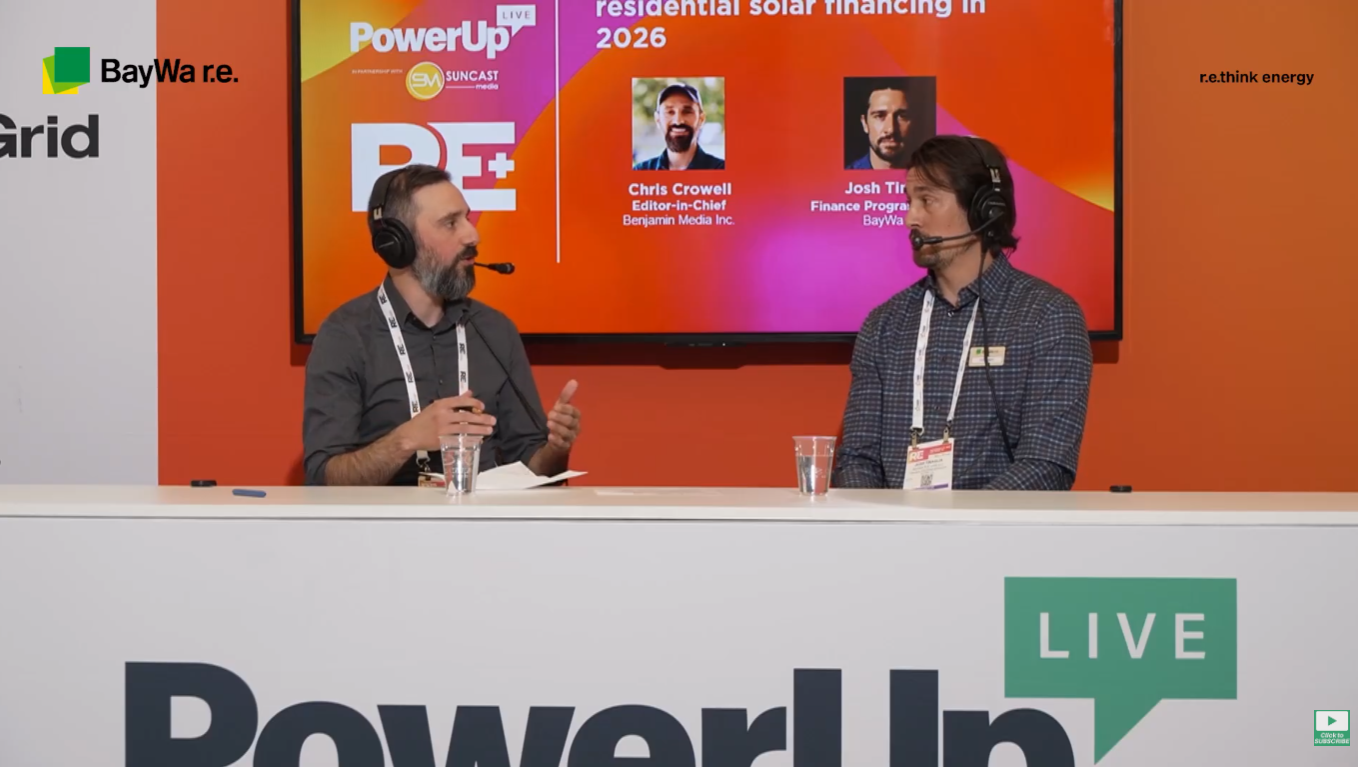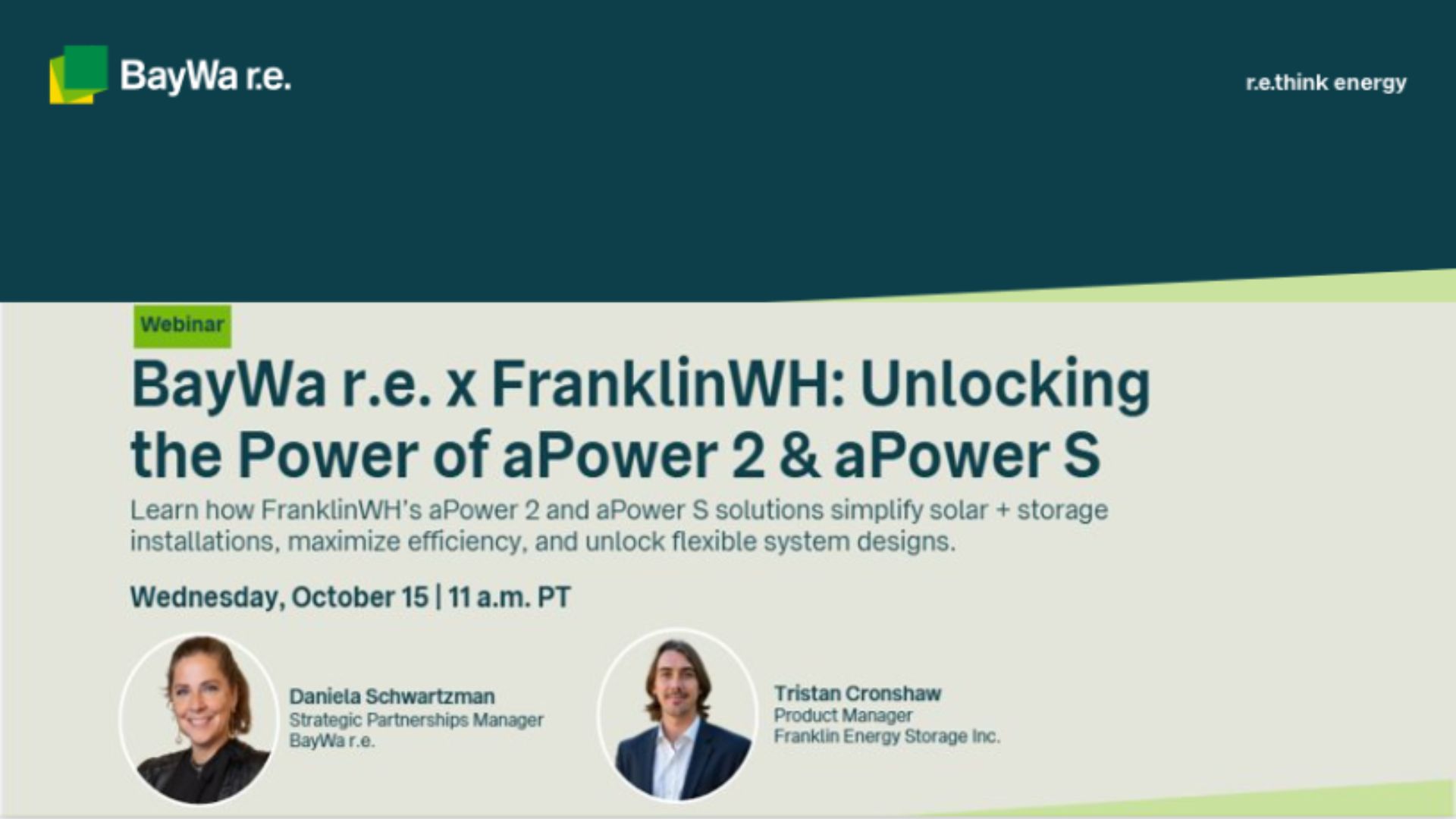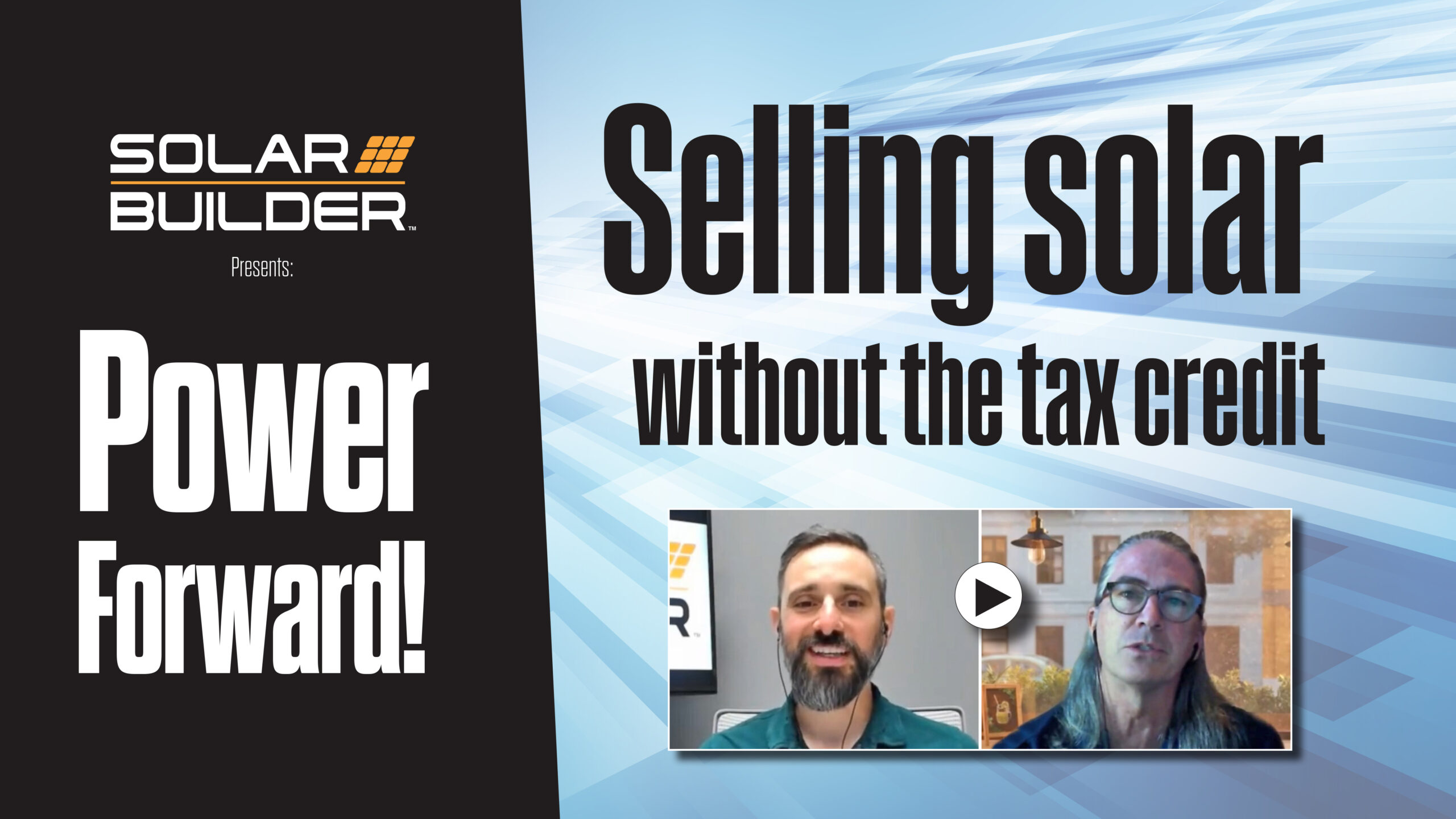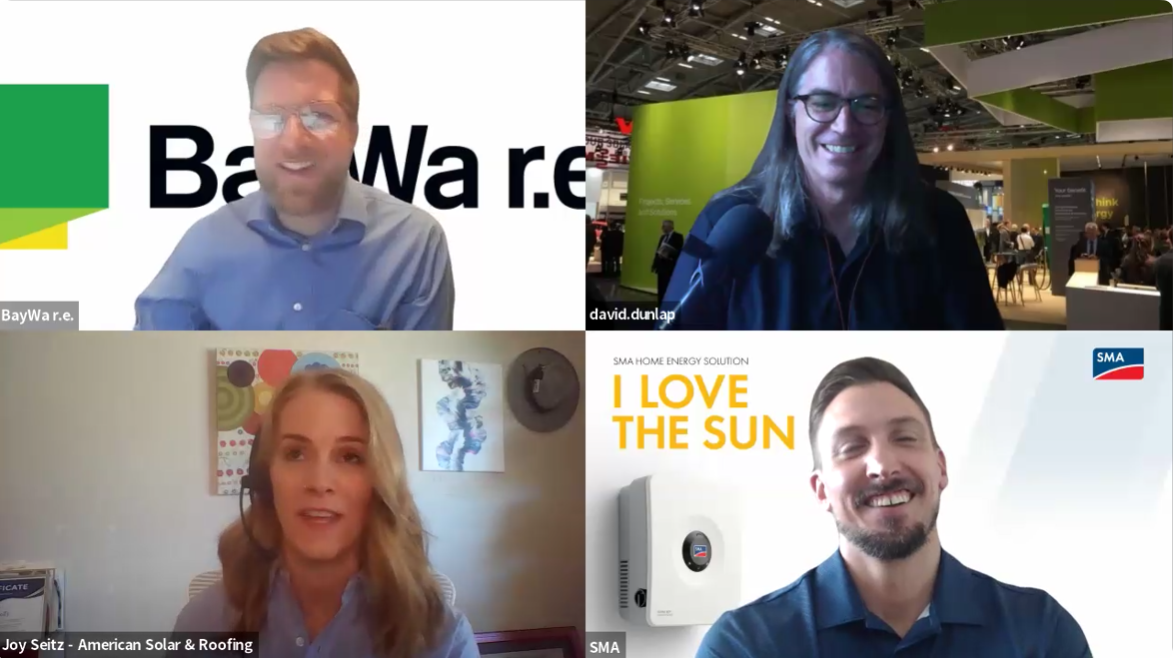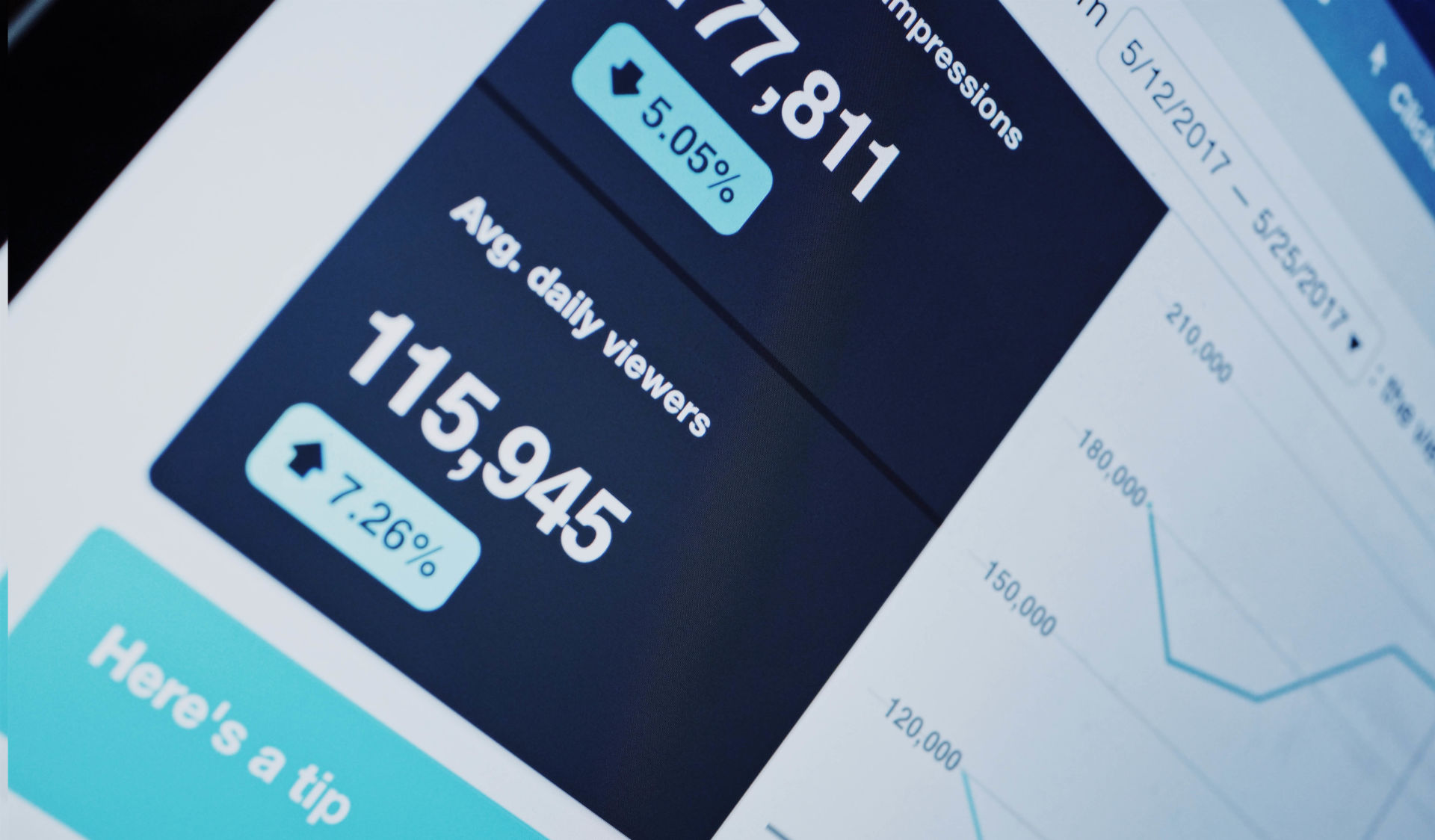
Editor’s note: Today’s guest post is by Chris Williams of Energy Circle. Energy Circle hosted a free webinar, where they answered questions and built upon many of the elements in this article, so make sure and check it out.
One of the primary goals of your website is to turn leads into customers. In this article, we’ll go over three key elements that a residential solar contractor’s website should have to “convert” those leads into customers and take a look at specific website examples. Let’s get started.
Converting at 10%
For paid search campaigns to be profitable, residential solar websites need to convert at around 10%. But first, what exactly do we mean by “converting?”
- Conversion rate is the number of unique visitors who take a specific action (i.e. “converts”) on your website. In this article, we’ll be looking at first-time phone calls and filling out a lead form as our primary conversions.
Other terms:
- A unique visitor is a unique person that comes to a specific page on your website and/or URL.
- Cost per click (CPC) is the cost to get a single unique click to your website.
So why 10%?
At the moment, the typical cost for paid search campaigns is between $8 to $14, for a residential solar keyword that has strong buying intent (i.e. the keyword is linked to users who tend to buy something when searching under that keyword).
Say you are running a campaign that costs $14 per click. If your website converts at 10%, this means that for every ten clicks, you get one lead. That will cost you $140 per lead.
To understand why $140 is our critical number, let’s look at the rest of the funnel:
The majority of solar contractors need to hit around $1,500 marketing cost per sale to maintain a good margin. In the Sales Funnel example on the right, we can see that at a 10% conversion, spending $140 per lead, our cost per sale is $1,165, which is excellent. (Note: this example assumes no management or sales expense, so that needs to be factored in.)
However, if your site is converting at only 5%, you will need 20 clicks to get that one lead, meaning your cost per sale jumps to $2,330. Yikes! We can now see why our website’s conversation rate is so important.
The key elements for quality web conversion
Energy Circle analyzed just shy of 400 websites and came up with an eleven-part, pass/fail guide (see right). While it’s not impossible for a site to have a high conversion rate without all the eleven elements being present, I would argue that it’s difficult and/or uncommon.
The eleven elements are ranked with equal importance, but those most critical to your business will largely depend on which ones you are missing.
Today we’re going to review the first three of these eleven elements:
- Phone number and “Get a Quote” at the top of the page – desktop and mobile
- Lead form “above the fold,” has fewer than five fields, and is single-step
- High credibility indicators on home and/or product pages, which include: testimonials, certifications & geographic area
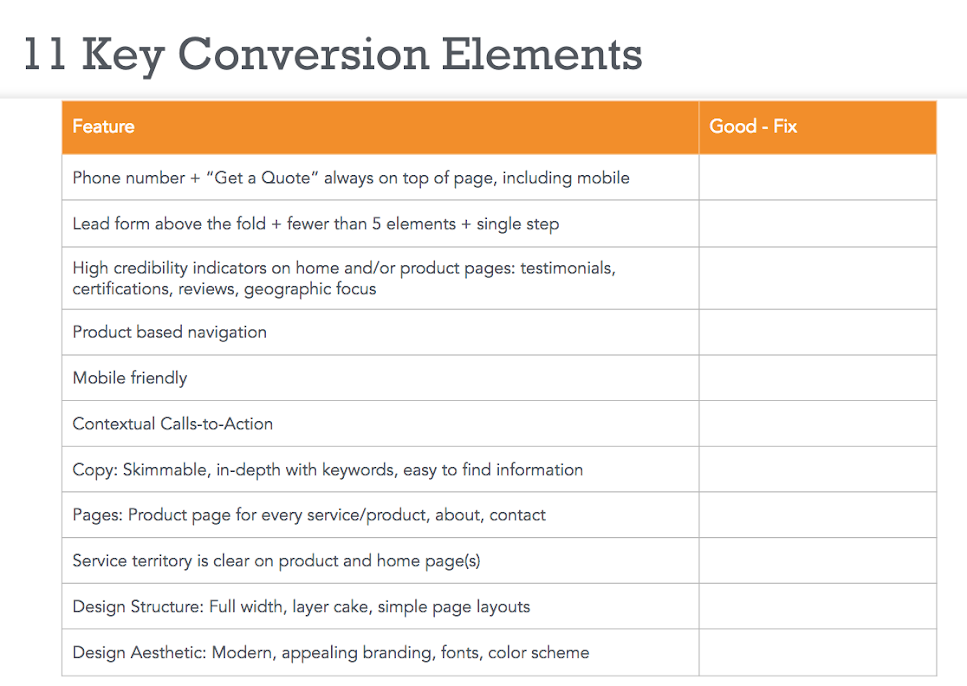
Why is it important?
- 70% of leads come from phone calls. If you don’t make it easy for prospects to call, your conversion rate will suffer.
- 50% or more of traffic comes from mobile searches. You need to make it easy and clear for people to call you from their mobile device.
Action Items
The top of the page needs to have a clear and obvious phone number that stays at the top of the page. If you do not have this, your conversion rates are suffering.
- Desktop
- Phone number must be in the header and obvious
- Mobile
- Make sure your phone number is at the top of the page and set up for “Click-to-call.” This means if someone clicks on the number, the call will be made automatically..
- Get a quote and/or “contact us” must be at the top of the page
Brower mechnical 2
On a mobile device, it is a clear, click-to-call link. In terms of conversion characteristics, we rated both the desktop and mobile versions as “excellent.”
Boston Solar Number
On mobile, the phone number stays on top of the page. This layout is rated as “good” because the phone number isn’t as obvious on a desktop and quite small on a mobile device.
Superior Solar 1
Superior Solar. On a desktop, the phone number and “get a quote” are visible at the top of the page.
2) Lead form “above the fold,” has fewer than five fields, and is single-step
Why is it important?
- For the 30% of leads that don’t call, you need to make it very easy for them to reach out with a form.
- Will it lead to junk leads? Yes, if the traffic is low quality. Low-quality traffic means that the intent of the user is not to buy the type of service that you offer. If that’s the problem, the solution is to improve the quality of the traffic — not to make the form longer.
Action Items
- Get your form “above the fold.” Above the fold means the visitor does not need to scroll down to see the lead form. This is easier on a desktop or tablet since there’s more room than on a mobile device, but it’s not impossible.
- “Fewer than five elements” means the customer only has five form fields to fill in.
- “Single-step” means that the visitor is only required to click a single button for the form to be submitted. It’s common to see form submissions that require two or three clicks. These two or three-step forms will decrease conversion rates.)
3) High credibility indicators on home and/or product pages, which include: testimonials, certifications & geographic area
Why is it important?
When a potential customer comes to your site—assuming they’re looking to buy something— they’re trying to answer three critical questions:Do they sell what I need?
Are they in my service territory?
Can I trust them?
The first question is dealt with in various parts of the eleven-point conversion checklist (see list above): product based navigation, having a product page for every product you sell, etc.
The second two are where trust comes in. By showcasing why people should trust you, your conversion rate will increase—again, assuming the traffic is high quality. (High quality being traffic from searches that have a buying intent for something you sell.)
Action Items
Credibility indicators are a proxy for trust. They help potential customers answer the question, “Should I trust this company?” Part of this is demonstrating that you offer services in a specific area. The other part is showing them that their neighbors, and other industry groups, have verified your legitimacy. Credibility indicators include:
TestimonialsReview sources that are republished on your website (Yelp, Google reviews, etc.)
Video testimonials from customers
Written testimonials or quotes from customers
CertificationsLicenses
Manufacturer product certifications
Safety awards
Local awards
Be “loud and proud” about your these! Companies often have fantastic credibility indicators but don’t share them, or bury them on their website.
Long Island footer
…and a great footer with both industry and manufacturer partnerships. We have these an “excellent” rating as well.
Long Island Proudly featured
Long Island Power Solutions. The design of this site is a little dated, but the credibility indicators are really strong. Includes customer reviews, press article references, solar installation maps, industry certifications, and associations.
Wrapping up and free resources
Keep these things in mind:
- To generate leads your website needs a good conversion rate. If you’re not sure what your site is converting at, start tracking your conversions now with Google analytics.
- Ideally, your website should have all of the eleven elements listed above. If you have questions about the three I discussed, leave your question in the comments section below.
- If you’d like to go deeper into this subject, check out these resources search engine marketing (SEO) in residential solar.
- For additional information on the rest of the eleven key elements, Energy Circle hosted a free webinar, where they answered questions and built upon many of the elements in this article, so make sure and check it out.

